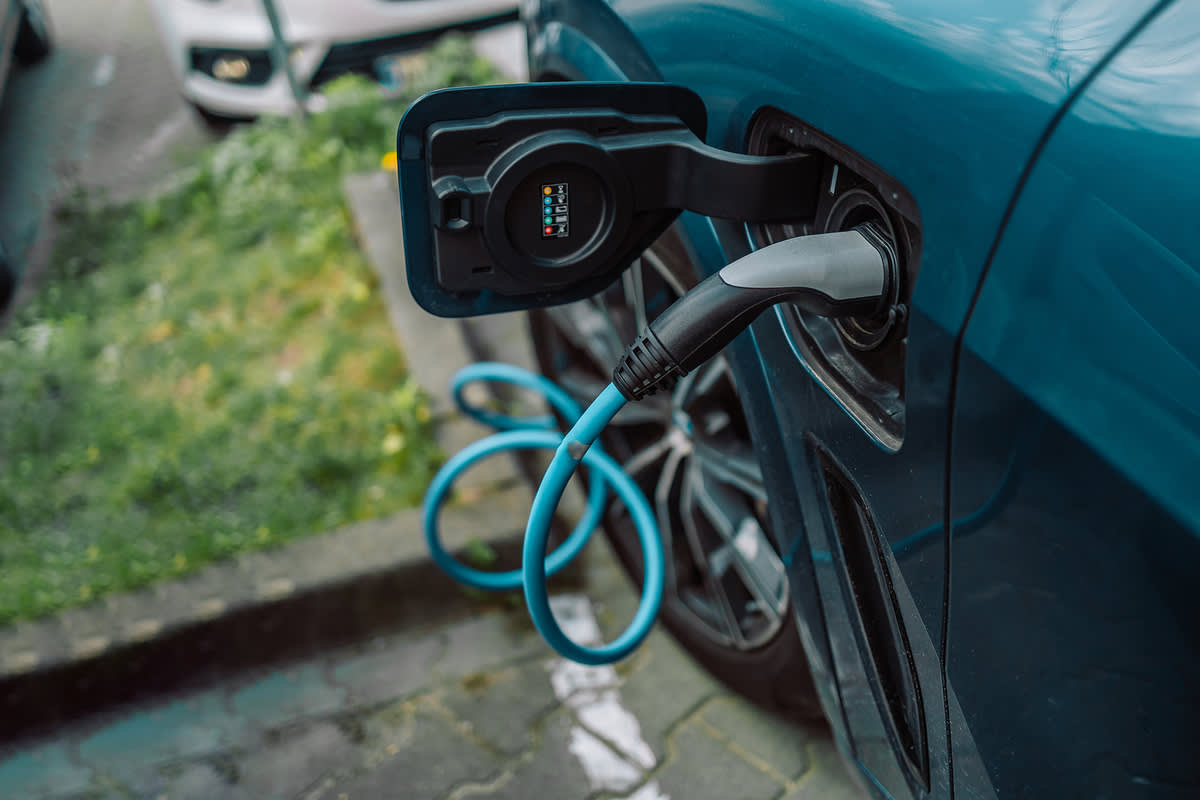2035 ICE vehicles ban: what does it mean for your business?
What is the internal combustion engine (ICE) vehicles ban, and what does the decision to push it back five years to 2035 mean for your organisation?

What exactly is happening and when?
The ICE vehicle ban states that from 1 January 2035, it’ll no longer be possible to buy or lease a new car or van in the UK that’s powered solely by fossil fuels.
After that point, only new sales of cars and vans that are “fully zero emission at the tailpipe” will be allowed. So from 2035 the only new cars and vans allowed will be electric vehicles (EVs) and those powered by hydrogen fuel cells. Though it will still be possible to sell (and buy) used ICE vehicles and hybrids after that.
The government recently pushed the date the ban will be implemented back from 2030 to 2035. Despite this, the ban’s only a few fleet replacement cycles away, so now’s the ideal time to get your whole business thinking about it.
Why is the ICE ban being introduced?
As part of its drive towards net zero, the government wants to reduce carbon emissions from road transport. Hence the ban, which despite being delayed by five years, is still due to be introduced earlier than similar measures in any of the other G7 countries.
Many towns and cities have already started to restrict access to ICE vehicles to reduce particulate pollution and improve air quality. Birmingham, Bristol, and Oxford all have their own low emissions zone. And London’s Ultra Low Emission Zone (ULEZ) was recently expanded to cover all London boroughs.
The government is still committed to increasing the number of EVs on our roads
Despite pushing the ICE vehicle ban back by five years, the government is still committed to electrifying the vehicles on our roads.
One example of this is that the government is adopting a zero emissions vehicle (ZEV) mandate. From January 2024, car and van manufacturers will be required to ensure that a certain proportion of vehicles sold are zero emission at the tailpipe. If manufacturers aren't compliant, they must make a payment to government - £15,000 per non-ZEV car and £18,000 per non-ZEV van.
The consultation highlights that the regulation of carbon emissions for non-zero emission cars and vans will continue. So there’s a clear direction of travel away from ICE vehicles.
How does the delay in the ICE vehicles ban affect your business?
The five-year delay in the ICE vehicles ban shouldn’t affect your business. Organisations should press on with their electrification strategies and those who do will reap the benefits, as Naomi Nye, Head of Sales at Drax Electric Vehicles explains.
“While the 5-year delay has received criticism from the industry, ultimately, for the Fleet or Energy Managers of UK organisations, it changes nothing. We are well into the EV revolution, and regardless of delays, we’re only going to see the pace pick up. The delay doesn’t change the fact that EVs are the future, and organisations that adopt early will gain a competitive edge.”
“Organisations must not be complacent. Government subsidies and grants aren’t going to last forever, and these incentives can significantly reduce the total cost of ownership for electric fleets. Waiting for the ban to come into effect could mean missing out.”
Decarbonisation’s coming and fleet operators need to be ready for it.
There’s no need to panic
The 2035 ban will only be on sales and leases of new ICE vehicles. You’ll still be able to keep running them in your fleet if you already have them. But it does mean that your business needs to start preparing for the change now.
What changes might you need to get your fleet ready?
Electrifying your fleet is not something that you can achieve overnight. You won’t only need a change of vehicles, but a change of mind. Getting your business’s infrastructure ready to meet these new needs will require both time and investment.
How will you charge your EV fleet?
One of the advantages that EVs offer over ICE vehicles is that they give you the opportunity to ‘make your own fuel’. You might choose to invest in solar panels to charge your vehicles on site. But if this is the path you choose, there are a number of things you’ll need to do before you can even break ground.
These include making a case for the investment required, going through your local planning authority to get the required permission for any building work required, and putting the job out to tender. You’ll also need to arrange for any generating capacity you install to be connected to the grid.
And even if you decide to install EV charging points linked to the mains, you’ll still need to make sure you’ve got the right electricity tariff to meet your needs. (Fuelling EVs can represent a major saving when compared with ICEs, so the correct tariff really matters. You can also sell the electricity stored in your EV batteries back to the grid at times of high demand provided you have the right agreement in place.)
All of these things will take time. And while 2035 may seem long in the future today, it’s never too early for your business to start getting ready.
Find out more about how your business can transition to an EV fleet
Electrification can bring major benefits to businesses where transport plays a key role. Let us help you get ready to make the most of it before the ICE ban comes into force. Download your free copy of our EV guide now.
Download EV Guide

